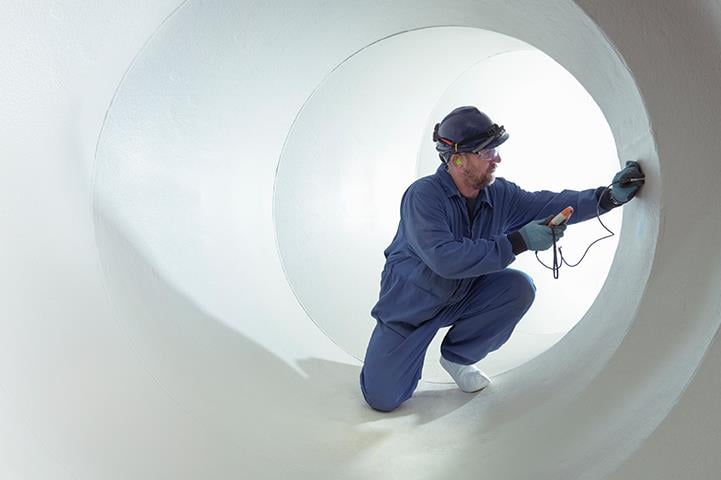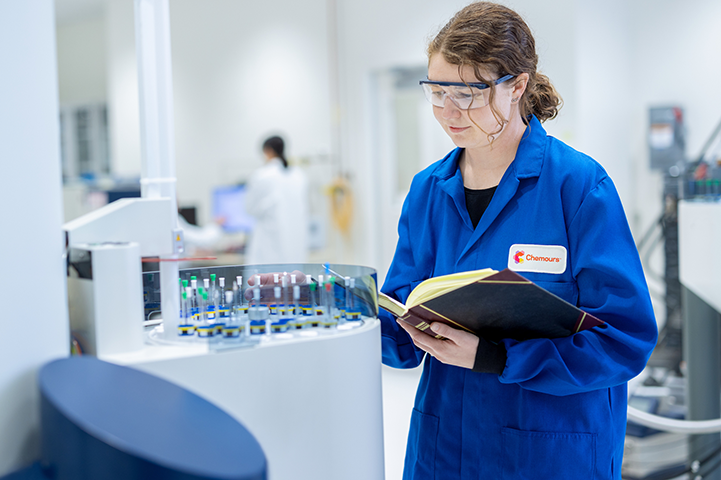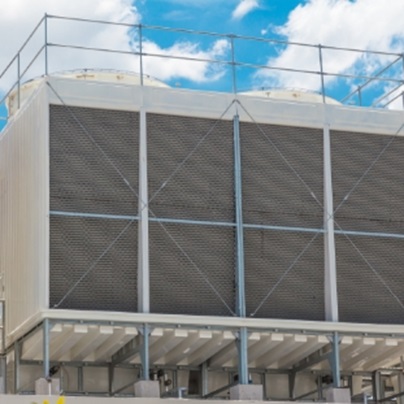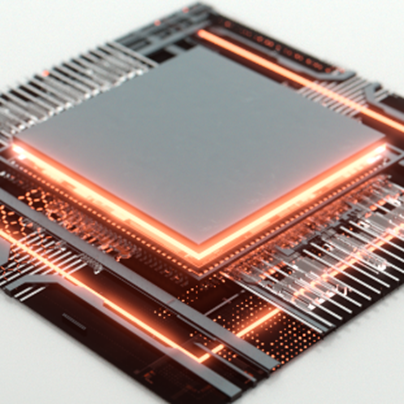EVs & Automotive
Fluoropolymers and Fluorinated Gases Drive Efficiency & Sustainability for the Auto Industry
 Fluoropolymers are critical for improving the performance, engine efficiency, emissions control, and safety of automobiles, allowing vehicles to meet safety and fuel efficiency standards. They are also critical components of the batteries that enable today’s energy-saving electric vehicles. Fluorinated gases (f-gases) significantly lower the global warming potential (GWP) of automobile air conditioning.
Fluoropolymers are critical for improving the performance, engine efficiency, emissions control, and safety of automobiles, allowing vehicles to meet safety and fuel efficiency standards. They are also critical components of the batteries that enable today’s energy-saving electric vehicles. Fluorinated gases (f-gases) significantly lower the global warming potential (GWP) of automobile air conditioning.
F-gases and their applications in mobile air conditioning, a drop-in solution developed for the European Union (EU)’s Mobile Air Conditioning (MAC) Directive 2006/40/EC, are also contributing considerably to the EU Green Deal’s Smart and Sustainable Mobility Strategy, its goal of reducing greenhouse gas (GHG) emissions in transport by 90% by 2050, as well as the EU’s Industrial Strategy through innovative technologies. This breakthrough technology reduces the global warming impact of mobile air conditioning refrigerants by more than 99% compared to previous generations of hydrofluorocarbon (HFC) refrigerants.
Automakers continue to innovate, developing ways to leverage communications for limitless connectivity, energy to support electrification, turbocharged engines to boost power, and lighter designs to improve fuel consumption. These advances will increase car performance, driver comfort and safety, and sustainability within the auto industry.
With lighter weight composite components, smaller engine designs, and sustainable materials, automakers are meeting the demand for economical, environmentally sustainable cars that don’t compromise performance.
Fluoropolymers and fluorinated gases are a critical and irreplaceable material in electric vehicles.
Automotive manufacturers create more value for car suppliers and buyers by building car components that better withstand high temperatures and corrosion. High-performance fluoropolymers provide low-friction surfaces, increase efficiency and longevity, and enable car parts to withstand harsh environments. F-gases significantly lower the GWP of automobile air conditioning.
 What are fluoropolymers and f-gases?
What are fluoropolymers and f-gases?
Fluoropolymers are a specialty plastic that possess a unique combination of properties that make them critical to modern life and a wide variety of sectors and industries. They are one specific class of per- and polyfluoroalkyl substances (PFAS), a group of thousands of chemical compounds with varying characteristics, properties, and environmental and safety profiles. Importantly, fluoropolymers do not pose a significant risk to human health or the environment when used for their intended purposes. Their unique combination of properties makes them fundamental to the products they enable. There are no alternatives that possess all these unique properties while delivering the same high level of performance.
F-gases are an innovative class of chemical solutions comprised of low and ultra-low GWP hydrofluoroolefins (HFOs) and HFO blends. These products have improved environmental properties, offering significantly lower GWP than legacy products and no ozone depletion potential. Given the growing threat of climate change, innovative hydrofluorocarbon (HFC) and HFO alternatives have been developed to replace legacy hydrochlorofluorocarbons (HCFCs) that have relatively high GWPs and ozone depletion potential as well as high GWP HFCs. F-gases have undergone a rigorous and data-intensive global regulatory approval processes (e.g. US and EU) and have been deemed safe for their intended uses throughout their entire lifecycle.
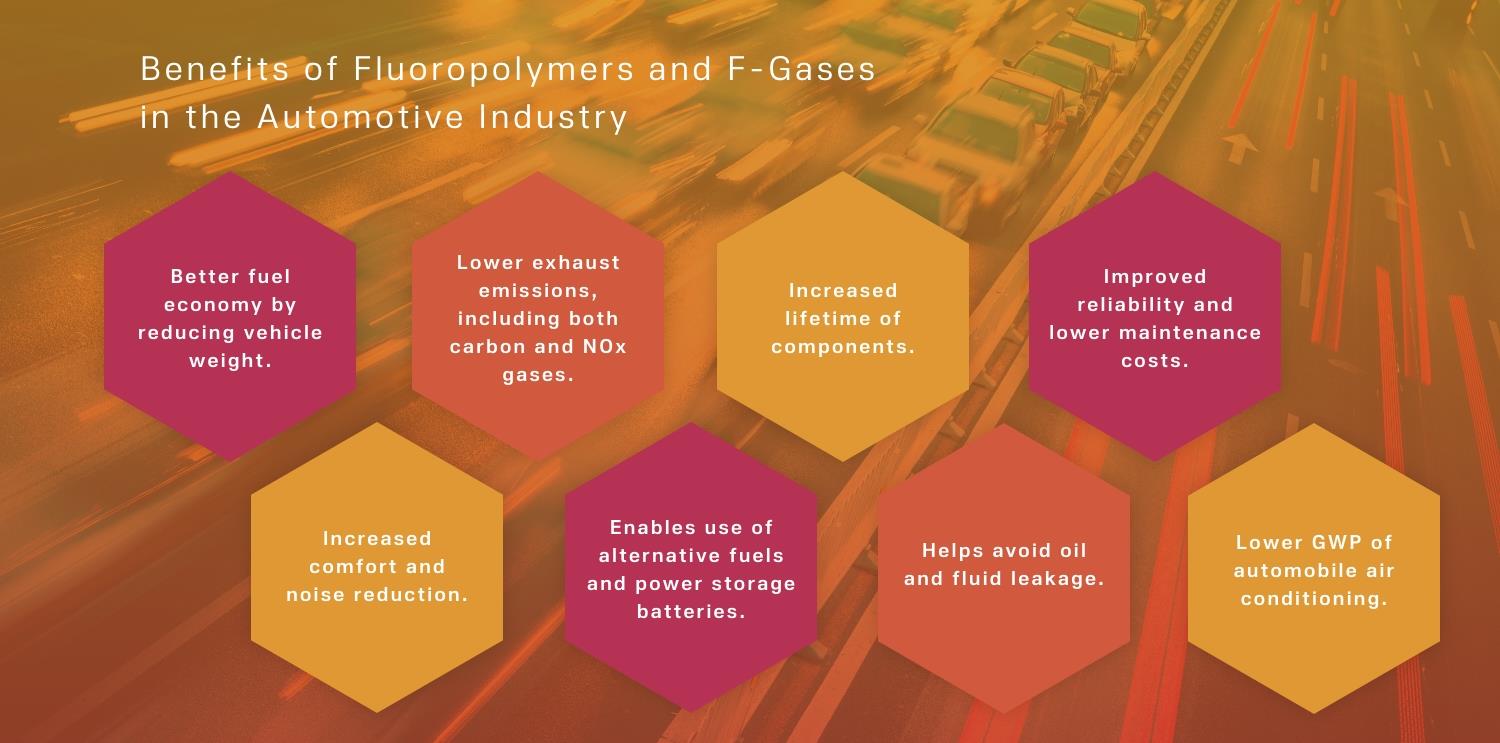
Critical Fluoropolymer and F-Gas Applications in the Automotive Industry:
-
Fuel lines, fuel hoses, turbocharger hoses, and hoses in hydraulic systems:
Fluoropolymers are used for their resistance to high temperatures, helping prevent leaks and breakdowns.
-
ABS brake lines:
Fluoropolymers provide better brake efficiency and help absorb pressure.
-
O-rings:
Fluoropolymers are used as seals in fuel containment systems and fuel injectors.
-
Shaft seals and valve stem seals:
Fluoropolymers are used as a sealing component to protect from dust and aggressive lubricants.
-
Air intake manifold and cylinder head gaskets:
Fluoropolymers, as used to provide essential heat and stress resistance to sealant beads, prevent gas and other liquid leakages.
-
Greenhouse emission controls:
Fluoropolymers are used to lower exhaust emissions, which reduces a vehicle’s carbon footprint.
-
Fuel cells and batteries in electric vehicles:
Fluoropolymers are utilized in newer fuel cells and batteries, providing extra safety while maintaining high voltages.
-
Mobile air conditioning:
Fluorinated gases significantly lower the GWP of automobile air conditioning.
